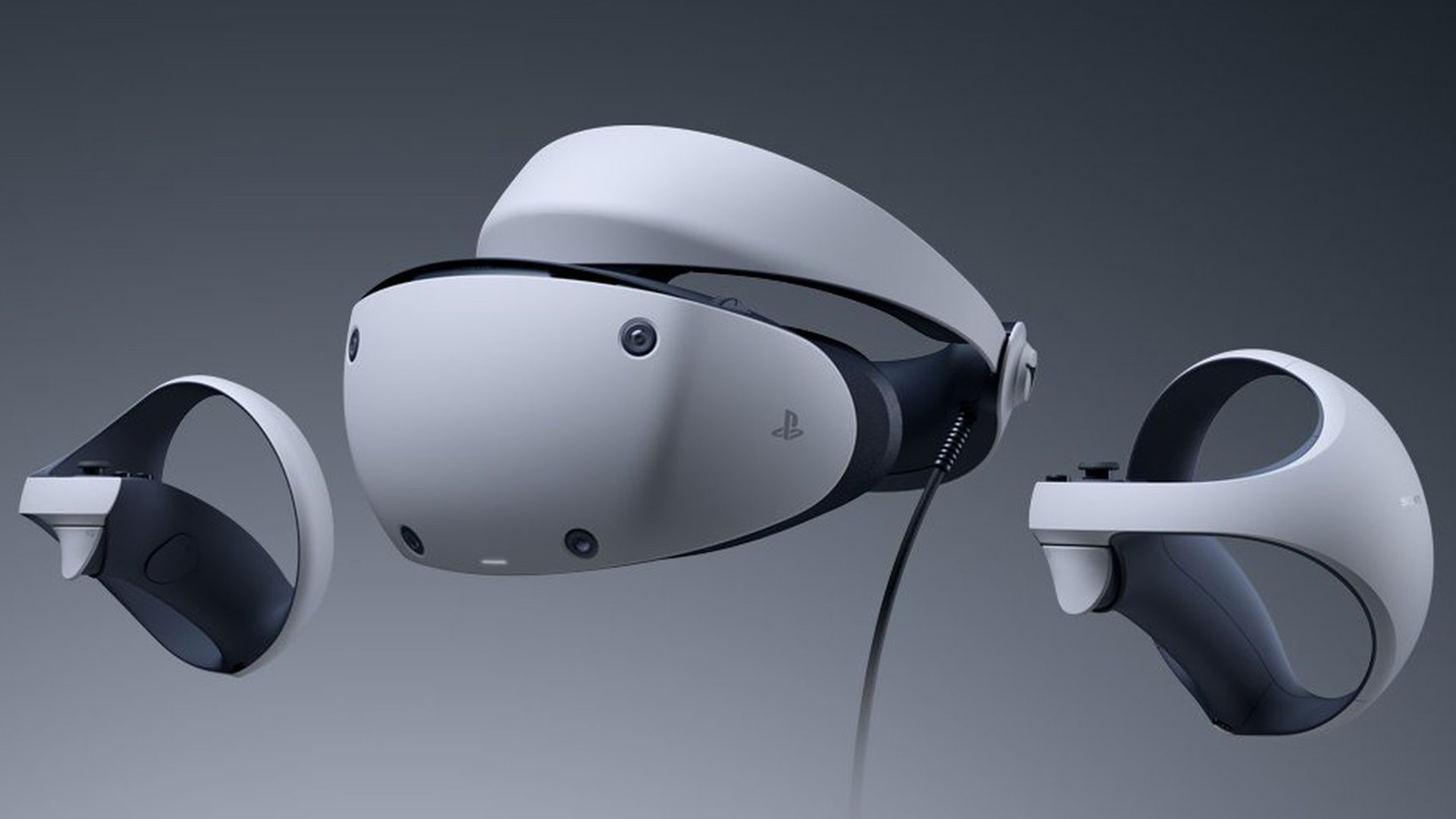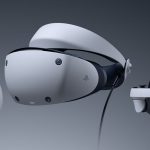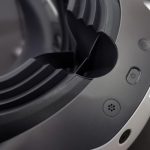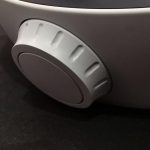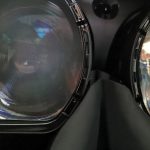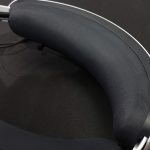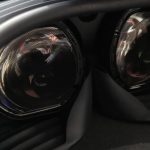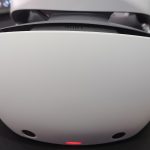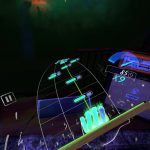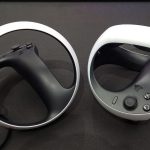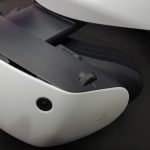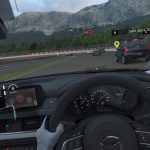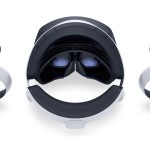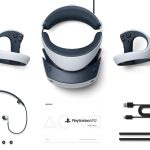Sony’s recently released PlayStation VR2 has welcomed players, both old and new, into virtual reality on the PlayStation 5.
But is this new bit of kit worth the money, and how does it fit into the current line-up of VR devices out there? STG’s Darren Price cuts through what’s being said about the new Sony VR headset separating the great from the not-so-great.
In 2016, consumer virtual reality, for the first time, offered me a magical window into incredible places. Instead of just being an observer on a flat screen, I could actually step into and be immersed in game worlds. But there were limitations. The images were a bit blurry, I could see the pixels, and the headsets were a bit too bulky and uncomfortable. But none of that mattered as I was no just longer playing games, I was experiencing them as if they were real.
And it was awesome.
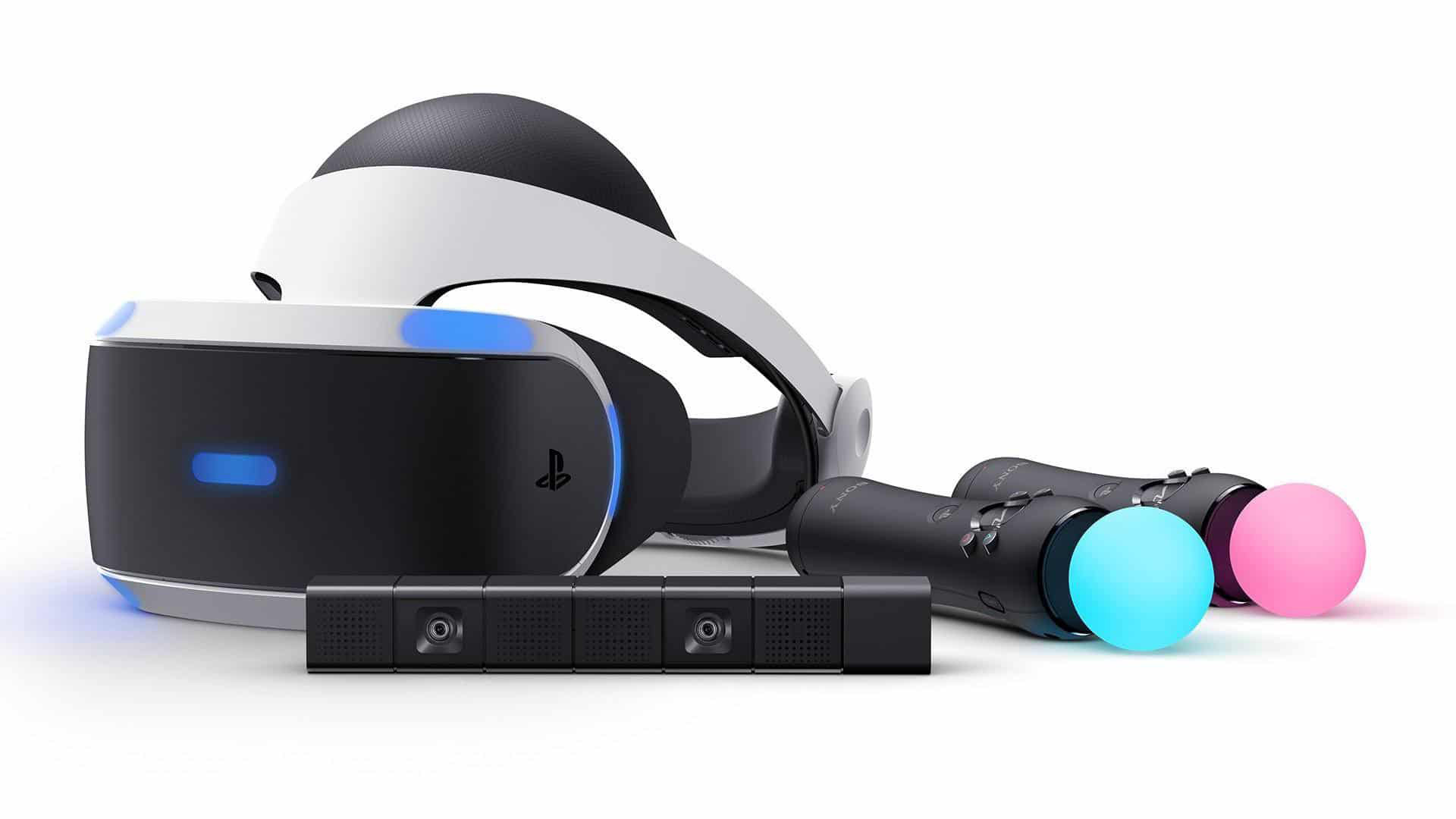
PSVR (2016)
It’s now 2023, seven years later and, to be frank, many of the same problems exist. Just as it was back then, virtual reality is still all about compromise.
With the PlayStation VR2 available in the shops, Sony’s second stab at virtual reality gaming is now out in the wild. This new device, which needs to be hooked up to a PlayStation 5, promises players a next-generation VR experience. And, up to a point it does.
I’m no stranger to VR, my first experience with it goes way back to the 1990s Virtuality arcade machines. Looking back, it was pretty bad, but, even then, I could see the potential. Fast forward some 25 years to 2016 and I finally had my own VR headset in the HTC Vive. A few other headsets later and I’d progressed to the pinnacle of consumer PC VR, the Vive Pro 2. But, as fun and amazing as it is, PC VR still isn’t what I would exactly call consumer-ready.
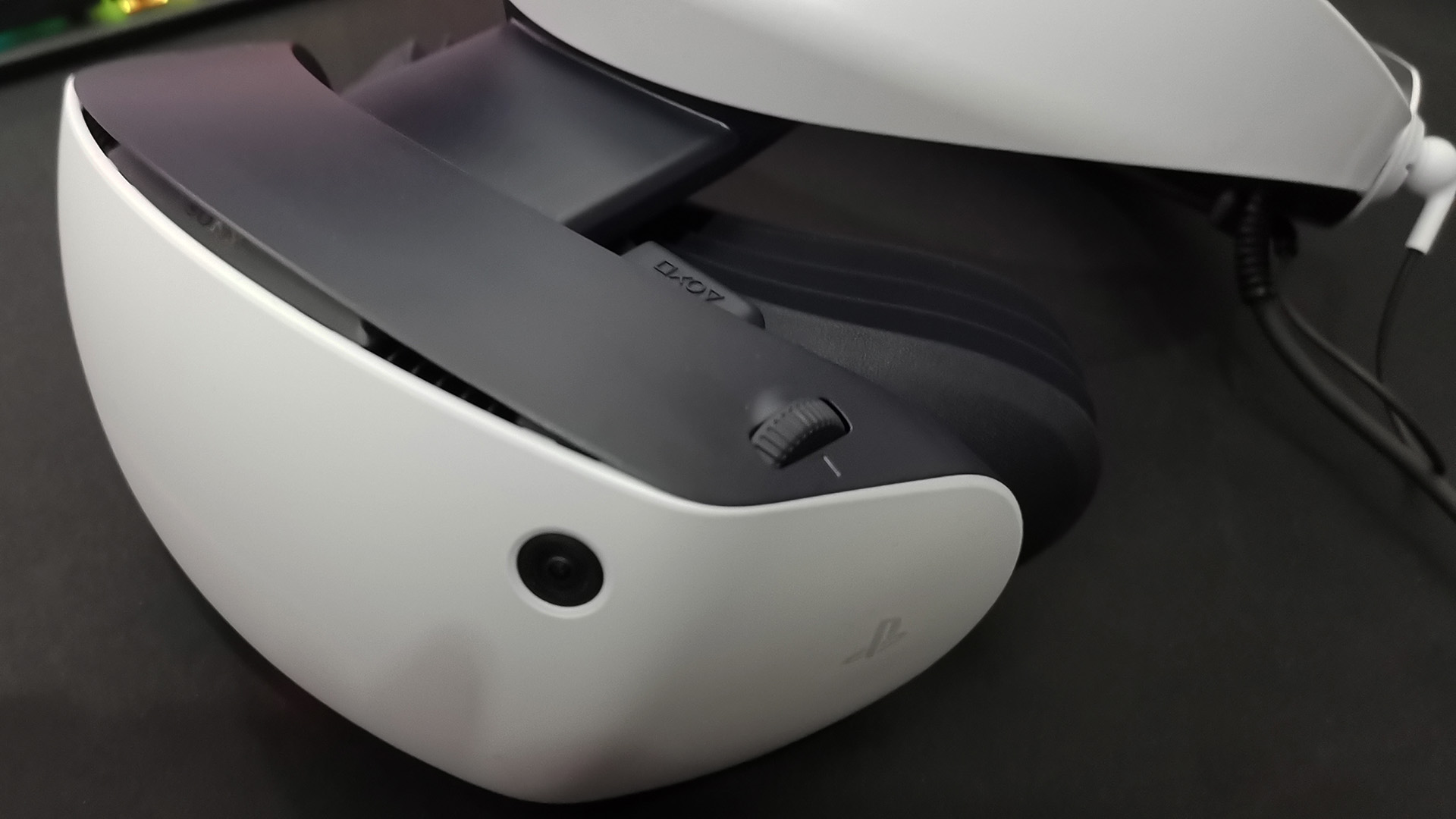
Enter the PS4’s PlayStation VR. Sony’s original PSVR kit was a breeze to set up compared to VR on a PC, even with its link box and dodgy Move controllers. It offered a reasonable resolution, decent lenses, and a range of interesting VR games.
But the PSVR’s ease of use couldn’t compete with the sophistication and fidelity of the HTC Vive and its successors. Sony’s VR device gathered dust whilst I played Elite Dangerous and Microsoft Flight Simulator with my Vive headset on PC.
Through all of the fun I’ve had with PC VR, I’ve fought with inter-pupillary distance (IPD) settings, tiny sweet spots, screen door effects, heavy headsets, glare from Fresnel lenses, poor in-game, performance, and configuration issues. It’s been a rough ride. The dawn of consumer VR has been all about compromise, the rewards being all those magical worlds that we can jump into. This, and the promise that it’s only going to get better.
And it has, but not quite in the leaps and bounds that I thought it would.
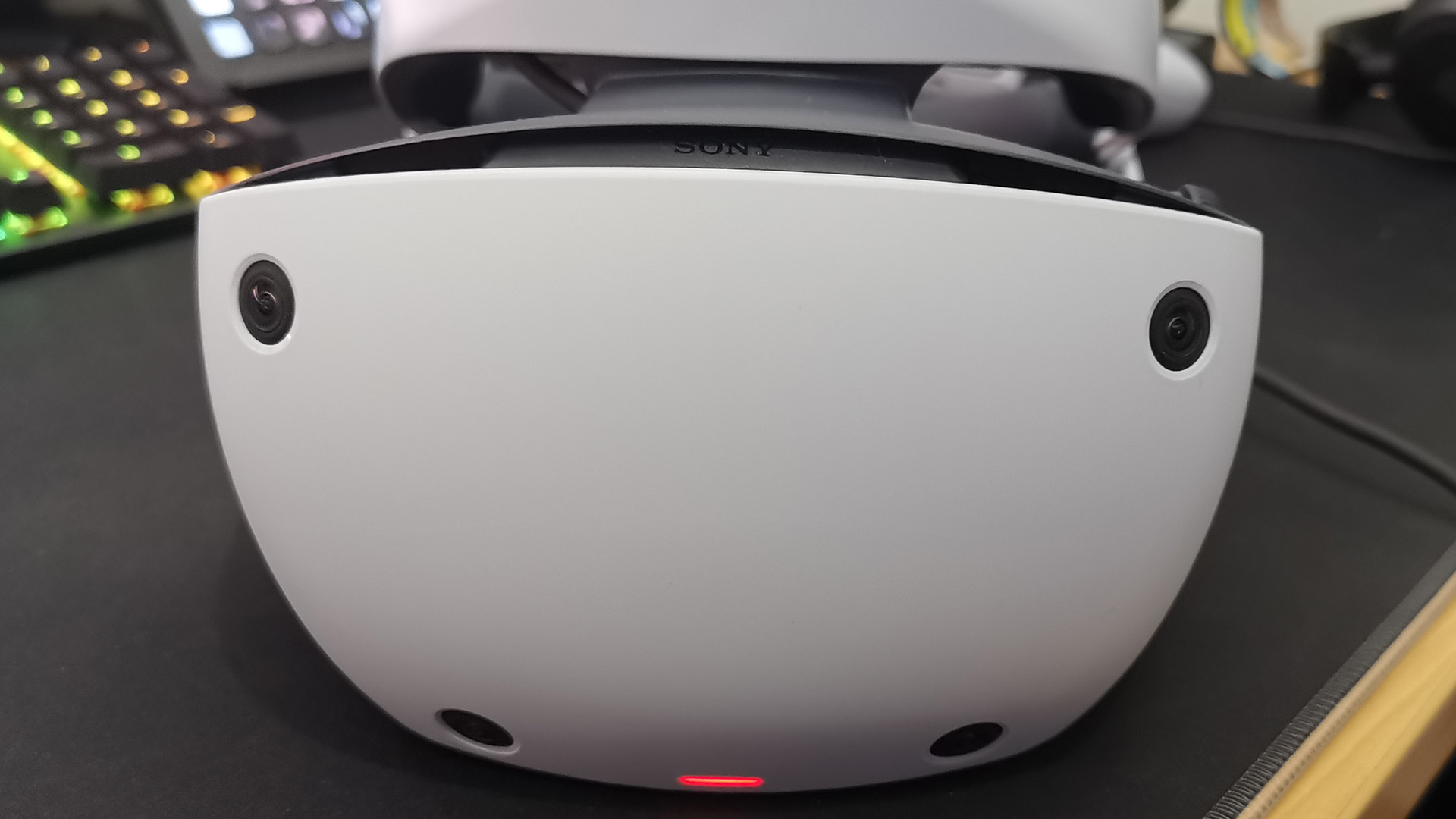
Seven years later and I am delicately positioning Sony’s new PlayStation VR2 headset on my head, lining up the sweet spot through Fresnel lenses, whilst desperately trying to focus through a speckled pattern that looks like a dirty window. As it always has been, VR is still all about compromise.
Sony has actually done a really good job with the PlayStation VR2, in balancing many variables and design choices, to give players a relatively affordable, and relatively high-end, VR gaming experience.
The PlayStation VR2 has quite a few features that put even the latest PC VR headsets to shame. The eye-tracking, for instance. This opens up foveated rendering, allowing games to concentrate on providing the highest fidelity image where the player is actually looking as opposed to wasting processing power in the player’s peripheral vision. The haptics in the headset are genius as well, adding that extra little bit of feedback. Also, displays are a higher resolution than many consumer headsets, offering a 2K HDR screen for each eye (which, despite the marketing, does not equate to 4K).
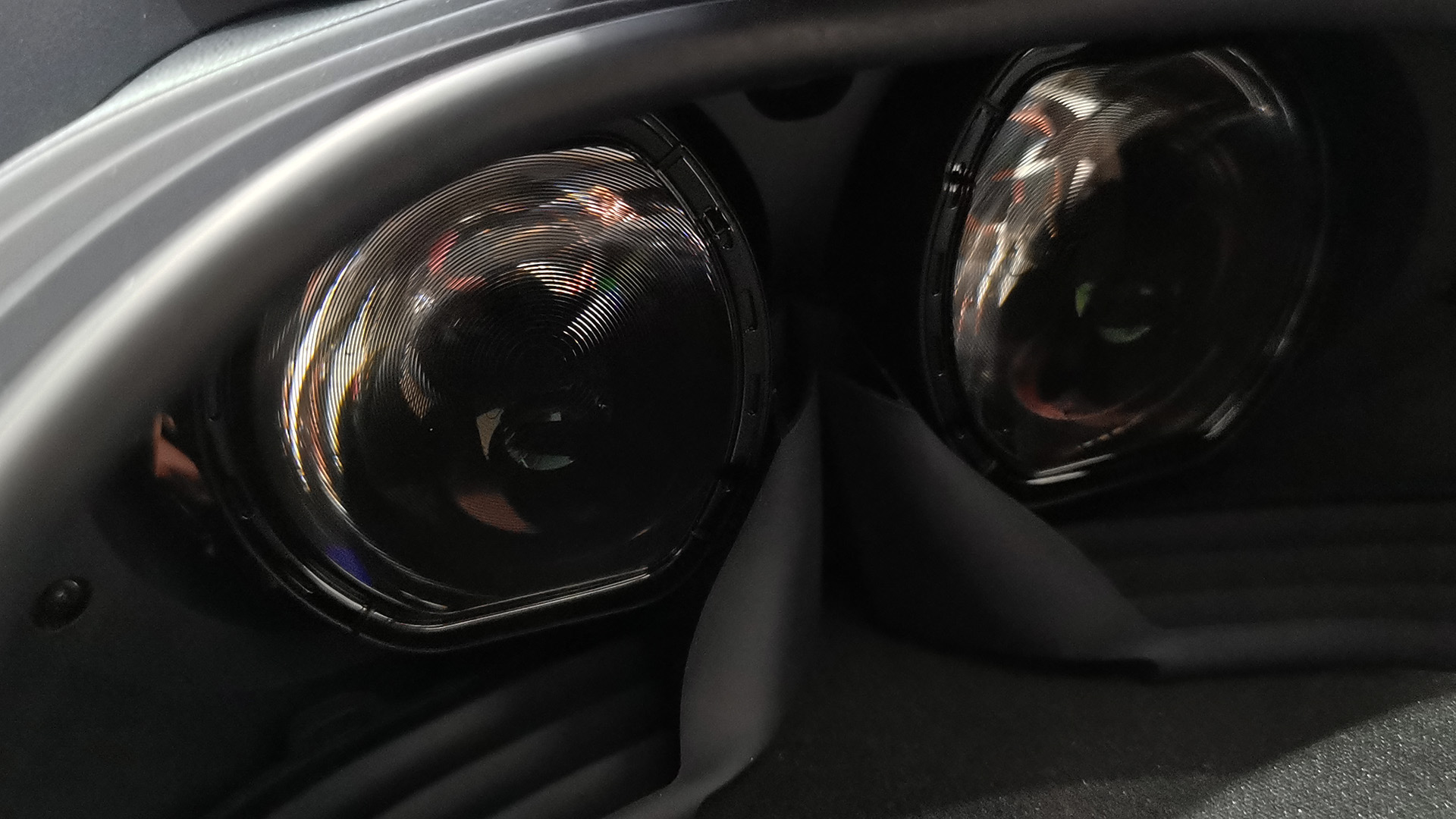
But you don’t get all that in a sub-AU$1000 VR headset without some of that compromise that I mentioned earlier, although you wouldn’t think it from many of the reviews out there. I found many of the reviews are packed so full of hyperbole that they may have been written by Sony’s PR team. Apparently, the colours pop (whatever that means), and the display is so crystal-clear that you’ll never want to use your TV again, the “4K” cinema mode offering a massive VR screen, running at 120Hz to play all your games on. And the OLED screen has blacks that are just so deep.
Of course, beauty is in the eye of the beholder.
I can understand someone getting caught up in the thrill of new technology, it’s easy to do. But the PlayStation VR2 asks players to overlook some, albeit understandable, technical limitations that I feel they have not been properly warned about. Instead, many reviews focused on complaints of “not enough games”, the connection cable, and the device’s high price.
I’ve got about twelve PPlayStation VR2 games on my list to review. That’s not a bad haul for launch-day titles, with more on the way. Some of the PlayStation VR2 reviewers would do well to be careful about what they wish for. 99% of the games available for the PC VR are a load of rubbish. The Steam store is so full of mediocre VR titles that it is practically impossible to sort the wheat from the chaff.
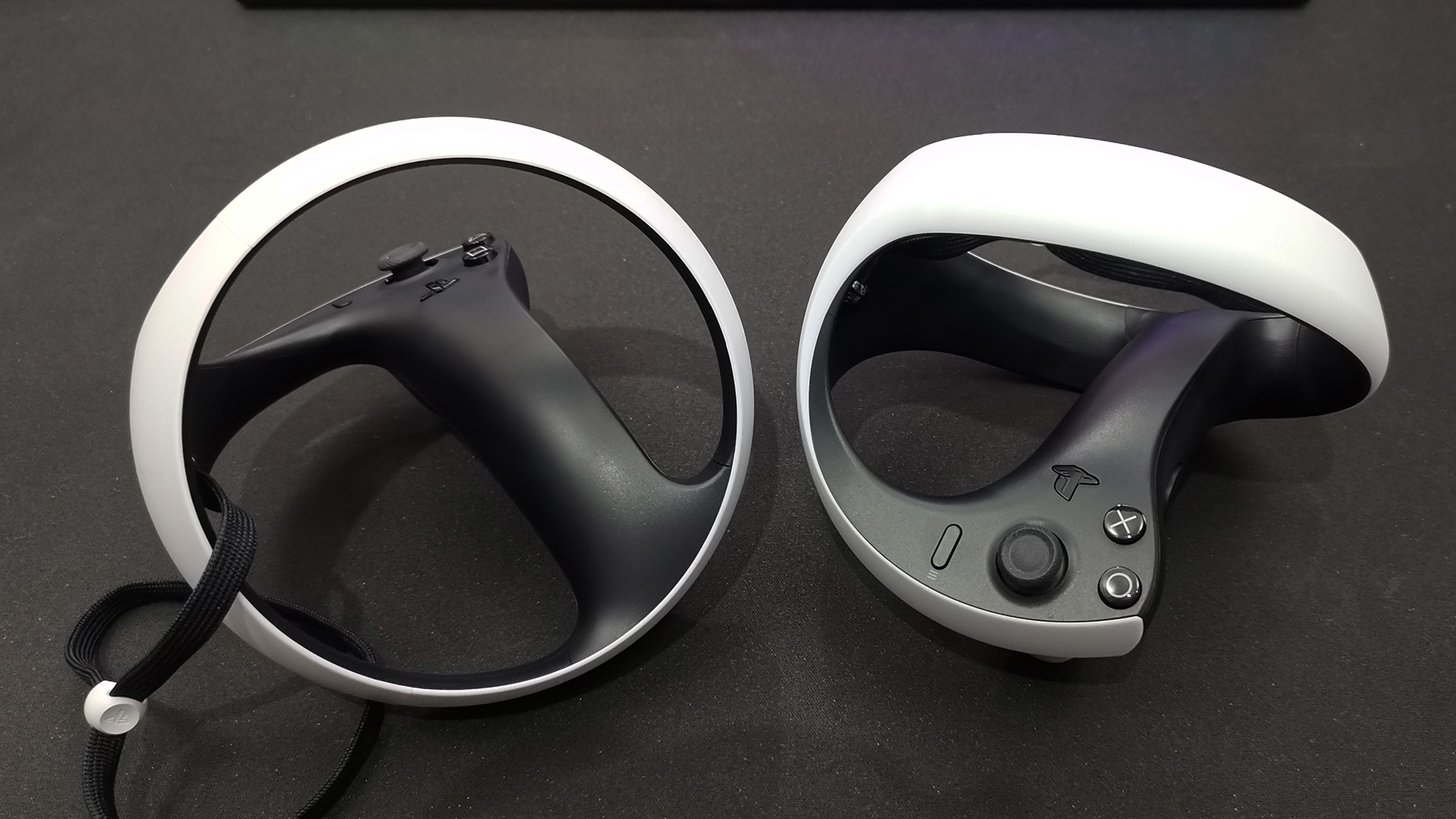
Unfortunately, some of these questionable titles did make their way to the original PSVR, but not many. Sony would do well to carefully curate the games available for their new VR headset as, so far, seems to be the case.
It’s worth noting that some of the original PSVR games are getting patches and updates for the PlayStation VR2, both for free and as paid DLC.
Most of the PSVR library has, sadly, been abandoned and will not work with the new VR headset. I realise that there’s work that needs to be done to make them compatible with the new hardware, but the likes of Blood and Truth, and Farpoint ought to be ported to the PlayStation VR2. Saying that, though, should we really be buying reheated OG PSVR games?
The next common complaint is that the PlayStation VR2 is connected to the PlayStation 5 via a cable when many VR headsets are now wireless. That’s understandable, to a point, but in the world of VR, this has become commonplace only very recently and has technical limitations and issues of its own. Many wireless VR headsets rely on low-powered integrated processors (such as those used in mobile phones) to provide only casual VR experiences. They can be wirelessly connected to a PC allowing for more high-performance VR games and applications. But this often means streaming compressed content to the display, sometimes with artefacts, lag, and connection issues. Wireless headsets also need rechargeable battery packs.
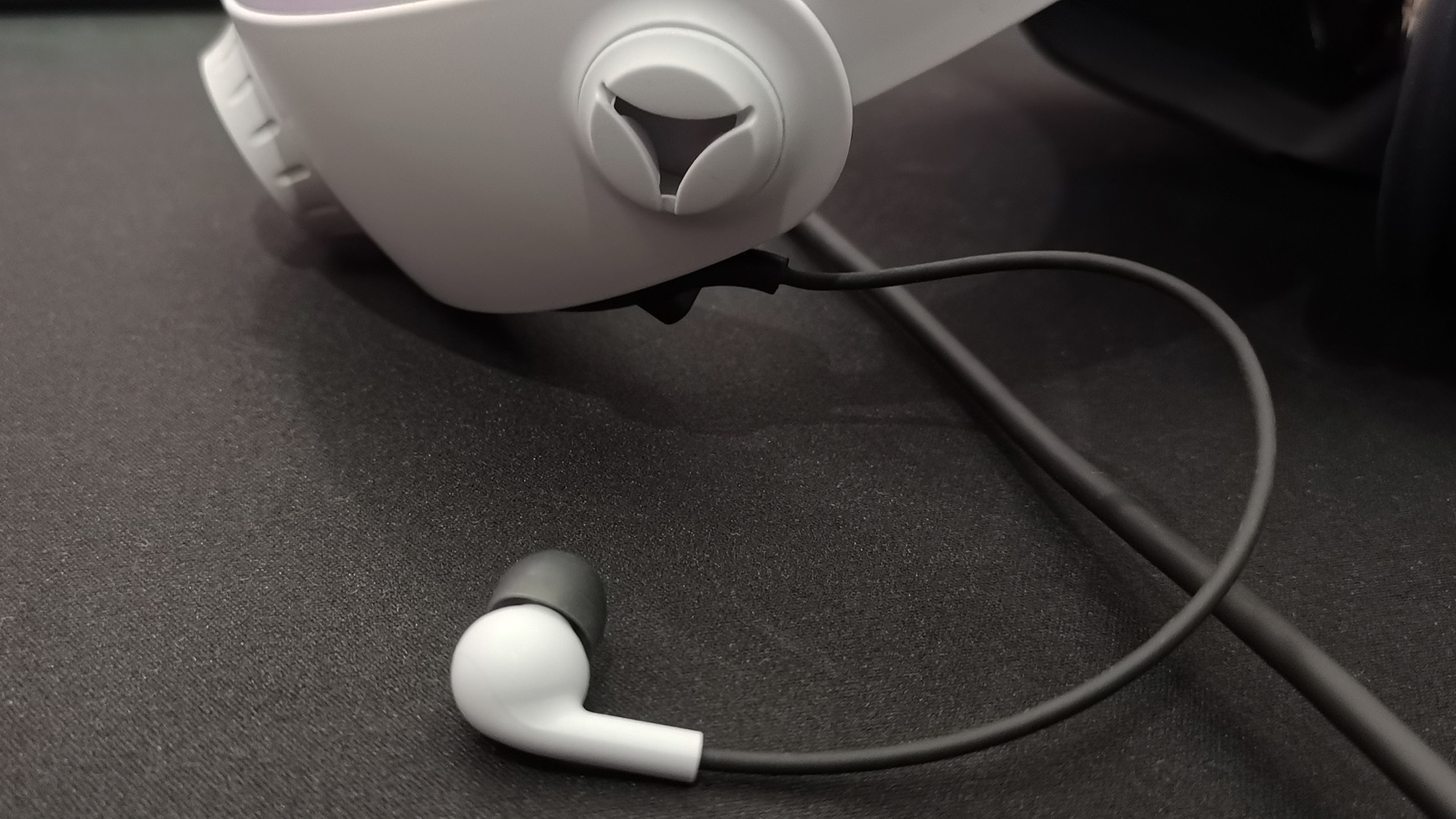
The obvious added expense aside, I can understand Sony wanting the PlayStation VR2 experience to be as trouble-free as possible and wireless VR is just something else waiting to go wrong. It is, however, a shame that the PlayStation VR2’s USB type-C connection cable seems to be hard-wired into the headset, precluding any wireless upgrade from Sony in the future.
The cost of the PlayStation VR2 is another factor that, again understandably, the gaming press seems to have collectively latched on to. Yes, it is expensive. It retails at more than the cost of the PlayStation 5. But, when you realistically break it down, if this was a PC VR kit, the PlayStation VR2 controllers would be worth $250 each, and the headset at least $1000+.
HTC’s premium consumer PC VR headset, the Vive Pro 2 costs AU$1200. That’s just for the headset. The full kit with controller and the required tracking stations costs AU$2300. That’s on top of the cost of a decent gaming PC that will need a graphics card that alone costs at least two grand to get the best out of the headset. Even at that price, it’s still not without its faults, either. Compared with a PC VR kit, the PlayStation VR2 is budget priced.
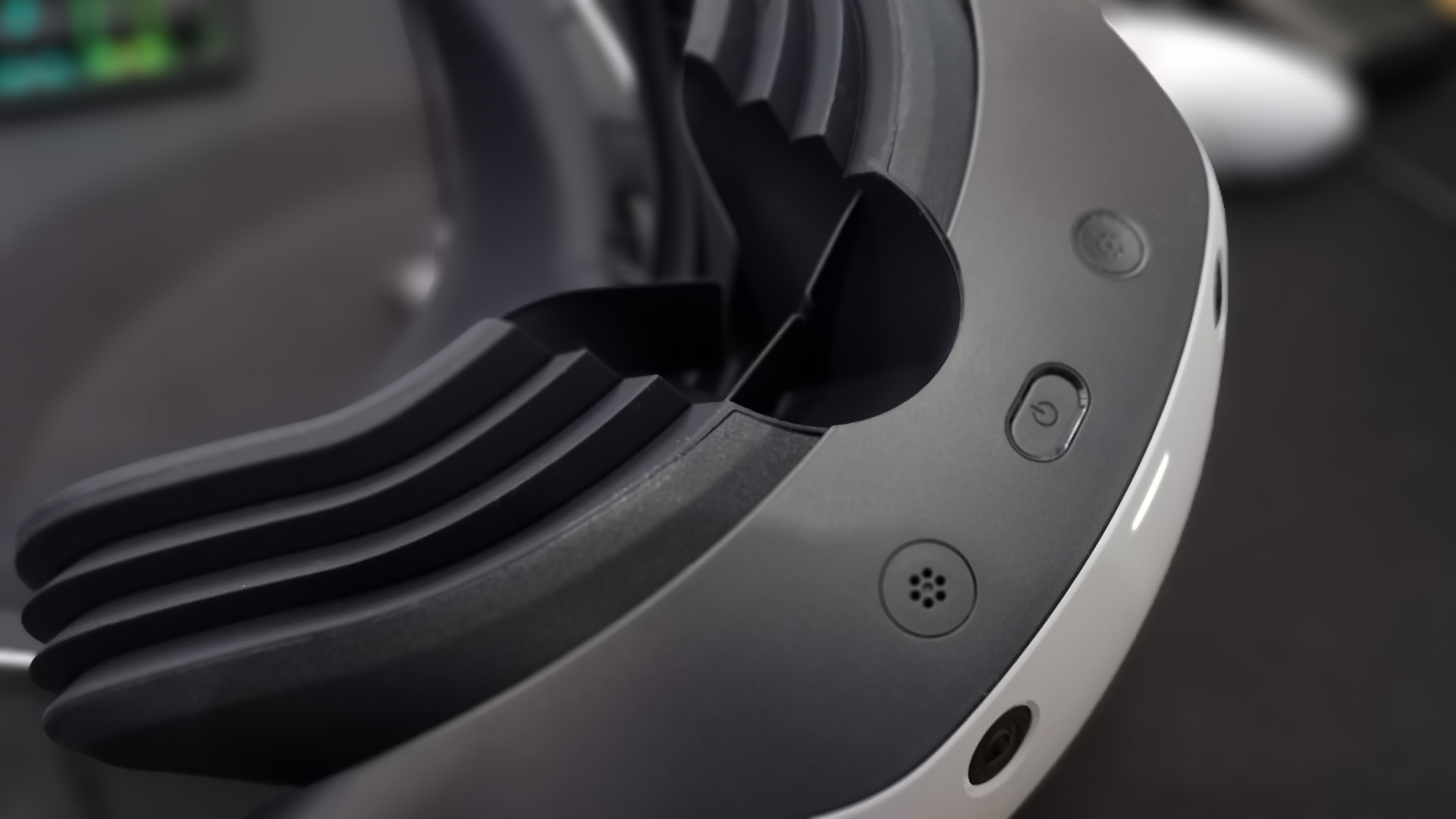
Of course, high-end PC VR headsets are more than game accessories. They are more versatile and are designed to be used for serious applications in commercial environments as well as just play games.
Both Sony and much of the gaming press see the PlayStation VR2 as a PS5 accessory. But it’s not really. The PlayStation VR2 VR experience is so radically different from that of a regular flat game as to be an entirely different platform. When you view the PlayStation VR2 as a console in its own right (albeit one that required the PS5 to function), the price point makes more sense. You are getting new hardware that provides an entirely different experience from that of the PS5, and also includes new controllers.
In the PlayStation VR2 box, you get a pair of new Sense controllers, a USB Type-A to Type-C cable (for charging the controllers), a stereo headphone bracket, with spare earpieces, and the headset, itself. There’s also a refreshingly comprehensive instruction manual with detailed PlayStation VR2 set-up and care advice.
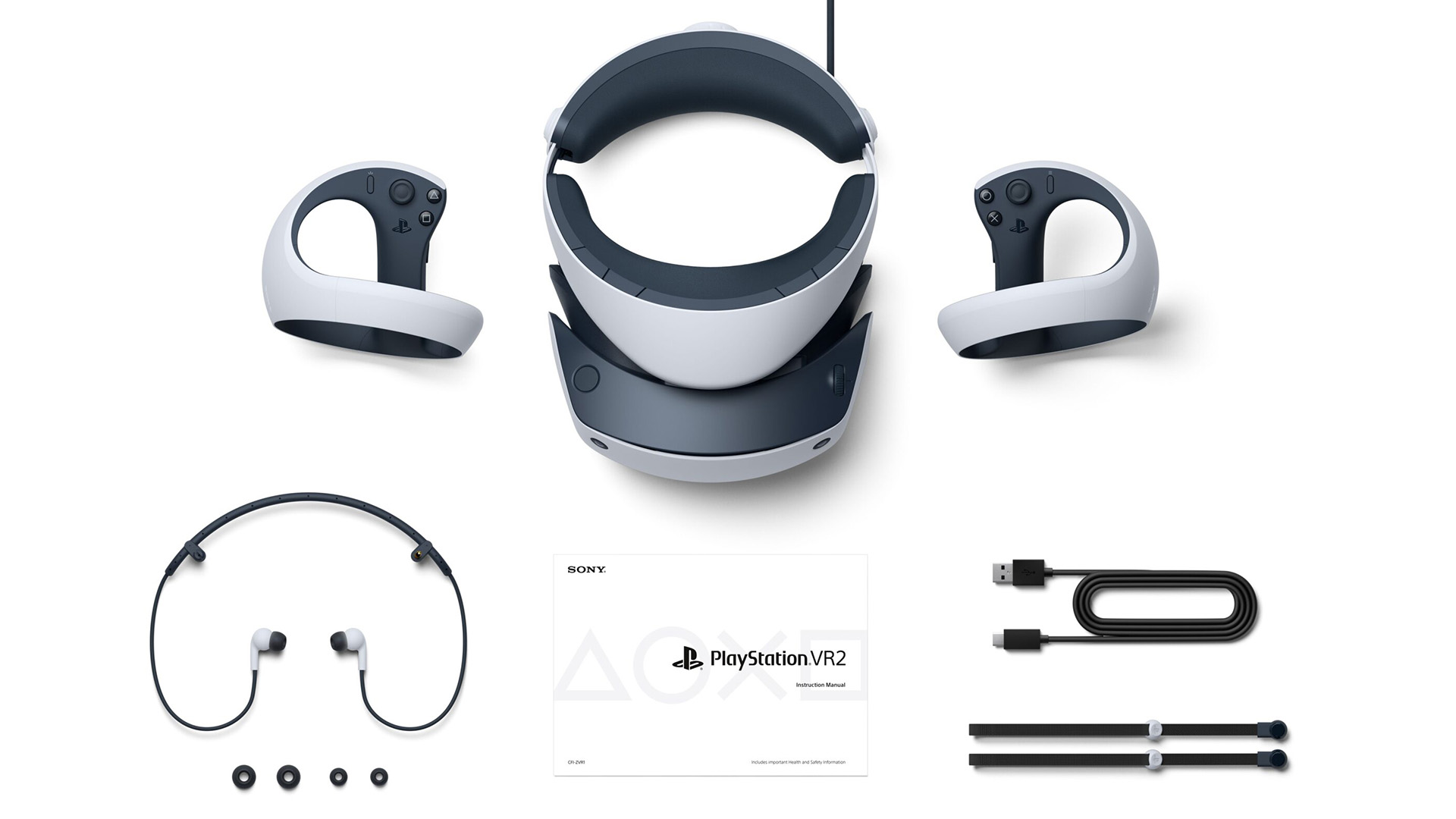
Checking the equipment out for the first time, I found that the PlayStation VR2 suffers the same way that I’ve found some recent headsets, and even mice, in that the devices are so lightweight that they feel fragile and cheap. Of course, this is not necessarily the case, as designers are engineering these peripherals to reduce weight to improve user comfort levels. It still doesn’t stop me from feeling that the PlayStation VR2 Sense controllers are made of eggshell and likely to fracture into a million bits if dropped or manhandled.
Comparing the Sense controllers to the very dated wand controllers still used by HTC’s premium Vive PC VR hardware, you are getting some elegantly-design next-generation equipment. The buttons are even touch-sensitive, detecting that your fingers are on them even if you are not pressing them. This with the haptics and adaptive triggers make them some of the best VR controllers on the market.
Plugging the headset’s single cable into the PlayStation 5 was a breath of fresh air compared to both the OG PSVR and my Vive Pro 2. A single cable USB connects straight to the console. No link boxes, no HDMI cables, and no power cables. For a wired headset, it’s pretty a good design.
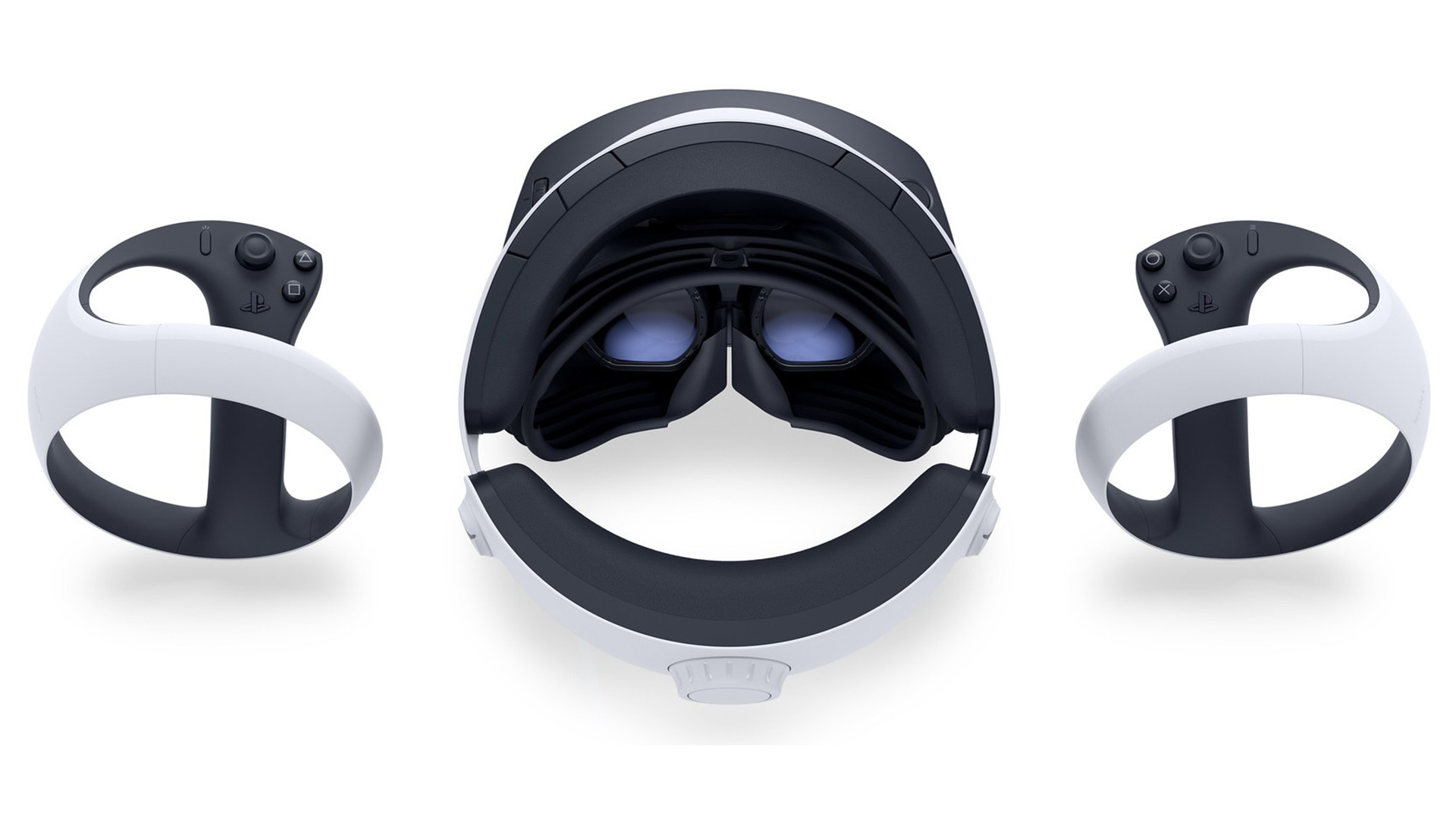
The “inside-out” tracking system is leaps and bounds better than the iffy camera and lights used by the OG PSVR. The PlayStation VR2 scans your play space creating a 3D representation that it uses to locate the headset in via a system of cameras. The same cameras then track the Sense controllers which are illuminated by an array of invisible infrared lights. The tracking accuracy is excellent and about as good as you are going to get without using an expensive arrangement of wall-mounted tracking stations like the Valve Index and HTC Vive.
There’s also a passthrough camera that can be accessed with the touch of a button. This allows you to see your surroundings through the headset. Whilst it is a bit low-res and black and white, it’s adequate. It would have been nice to have had a better camera, allowing mixed reality, but maybe that’s for the PSVR 3 (or perhaps the inevitable PlayStation MX).
The PlayStation VR2 user onboarding is comprehensive and easy to understand, taking players through the process of pairing the Sense controllers, setting the inter-pupillary distance (IPD), calibrating the eye tracking, and setting up the play area. I felt that my introduction to the PlayStation VR2 was truncated by my opting to “check out the demos in the PlayStation Store” as, after that, I was on my own. But never mind.
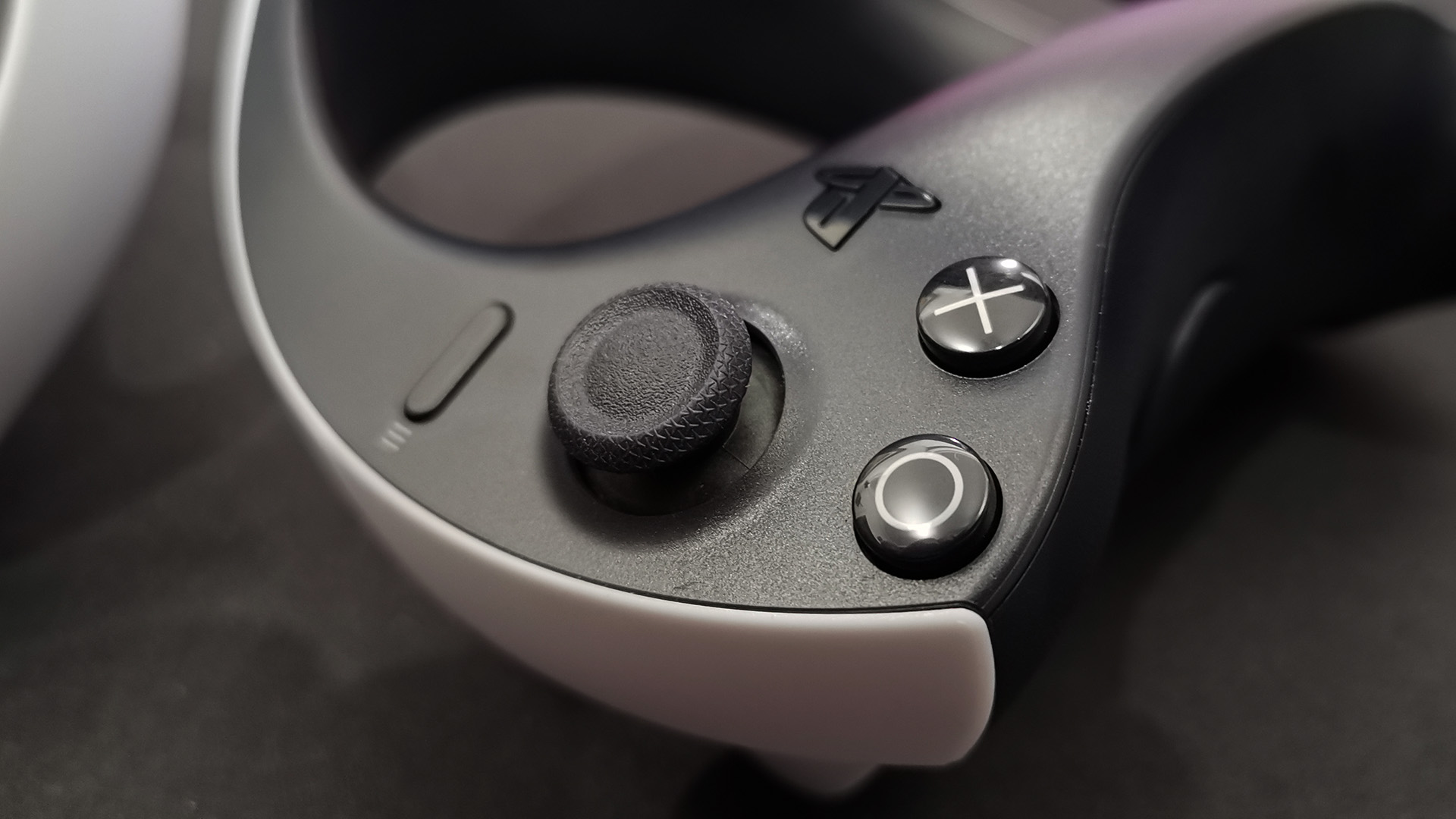
As with the OG PSVR, the new headset is designed in a manner that allows you to easily wear your glasses whilst using it. Other headsets state the same, but you risk bending your glasses, scratching the lenses, and having the arms cut into the side of your head.
My first experiences with the PlayStation VR2 were breathtaking.
Grand Turismo 7 looked amazing, I was able to sit in the Japanese version of a Mazda 3 and it felt like I was driving my car around Bathurst. Horizon Call of the Mountain blew my mind, placing me right in the post-apocalyptic world of the Horizon games, even allowing me to “meet” the series protagonist, Aloy, face-to-face. I tried a few other games that were similarly impressive that I’ll write about in-depth another time.
With my VR fan-boy moment out of the way, it was time to cast a more critical eye on the PlayStation VR2. This is where my thoughts differ from a majority of the reviewers out there.
At first glance, the display is very nice. Unlike the OG PSVR (which had clearer pancake lenses), the new PlayStation VR2 has Fresnel lenses. The concentric ring construction of Fresnel lenses is designed to keep weight down and let more light through. But they can create God rays and reflections. Fortunately, they are not the problem that I thought they would be with the PlayStation VR2, with little or no “God ray” artefacts. Also, the “sweet spot” is huge compared to the Vive Pro 2, but a lot smaller than that of the OG PSVR.
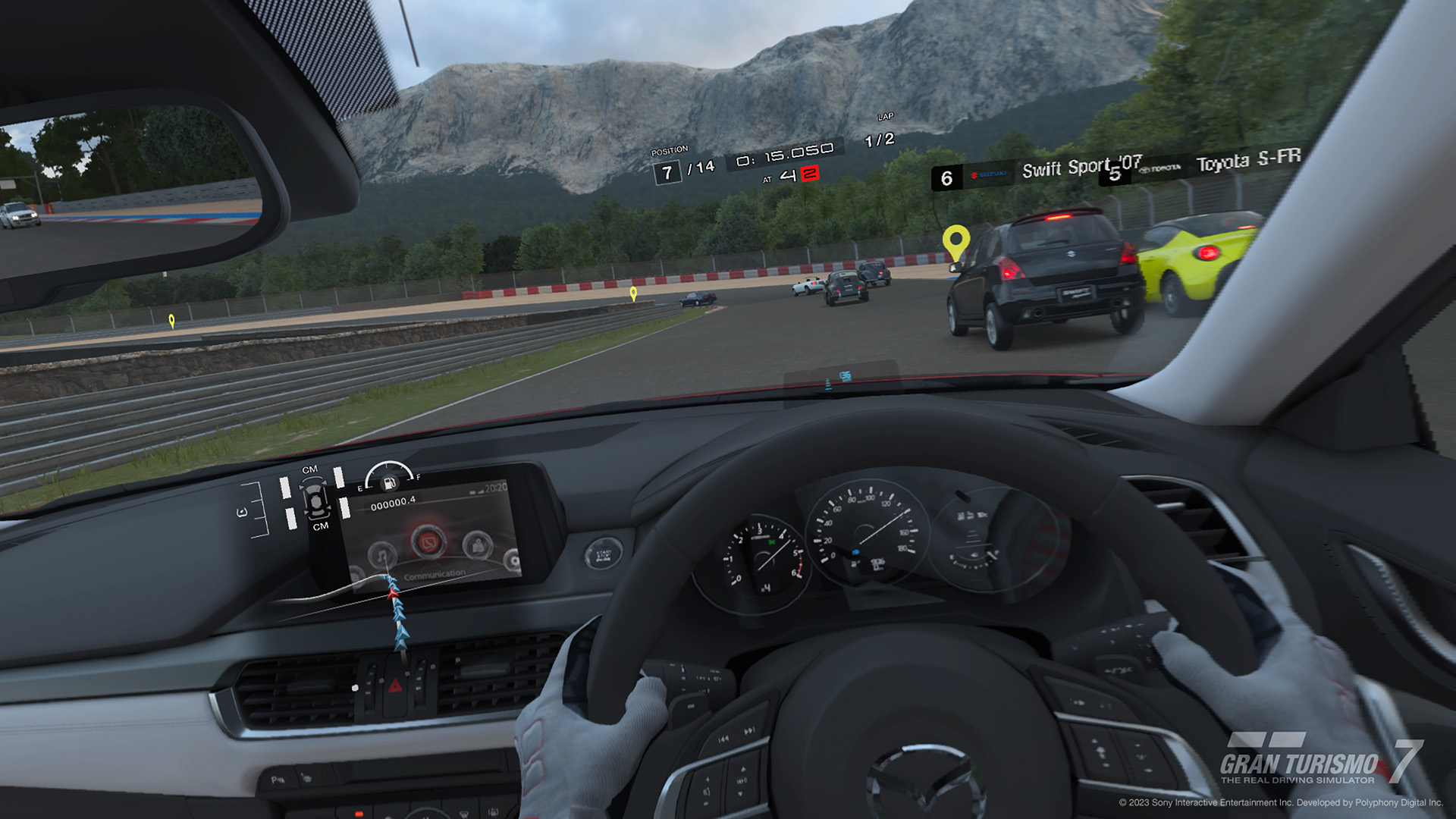
Gran Turismo 7 – PSVR2
In my opinion, though, the lenses are not as good as those of the OG PSVR, and neither is getting the PlayStation VR2 headset properly positioned on your head. Failure to correctly position the headset results in blurry images and chromatic aberration, which is a red / blue fringe around the lighter part of the image, especially text (some of which is present regardless). The PS5 does offer an interactive set-up process to help align the headset and sort out the IPD (inter-pupillary distance), but one knock and everything is out of whack again.
Whilst the PlayStation VR2 uses the same “halo” design as its predecessor, Sony seems to have made some adjustments that meant that the headset tended to slip forward after a few minutes of use. I never had this with the OG PSVR. So, I found myself having to really tighten up the headset, which goes against what the instructions say. On closer examination, the pad that rests at the back of your head doesn’t have the same level of cushioning as the OG PSVR, like it’s missing a foam insert. That being said, like other headsets with use, putting them on correctly does get easier in time.
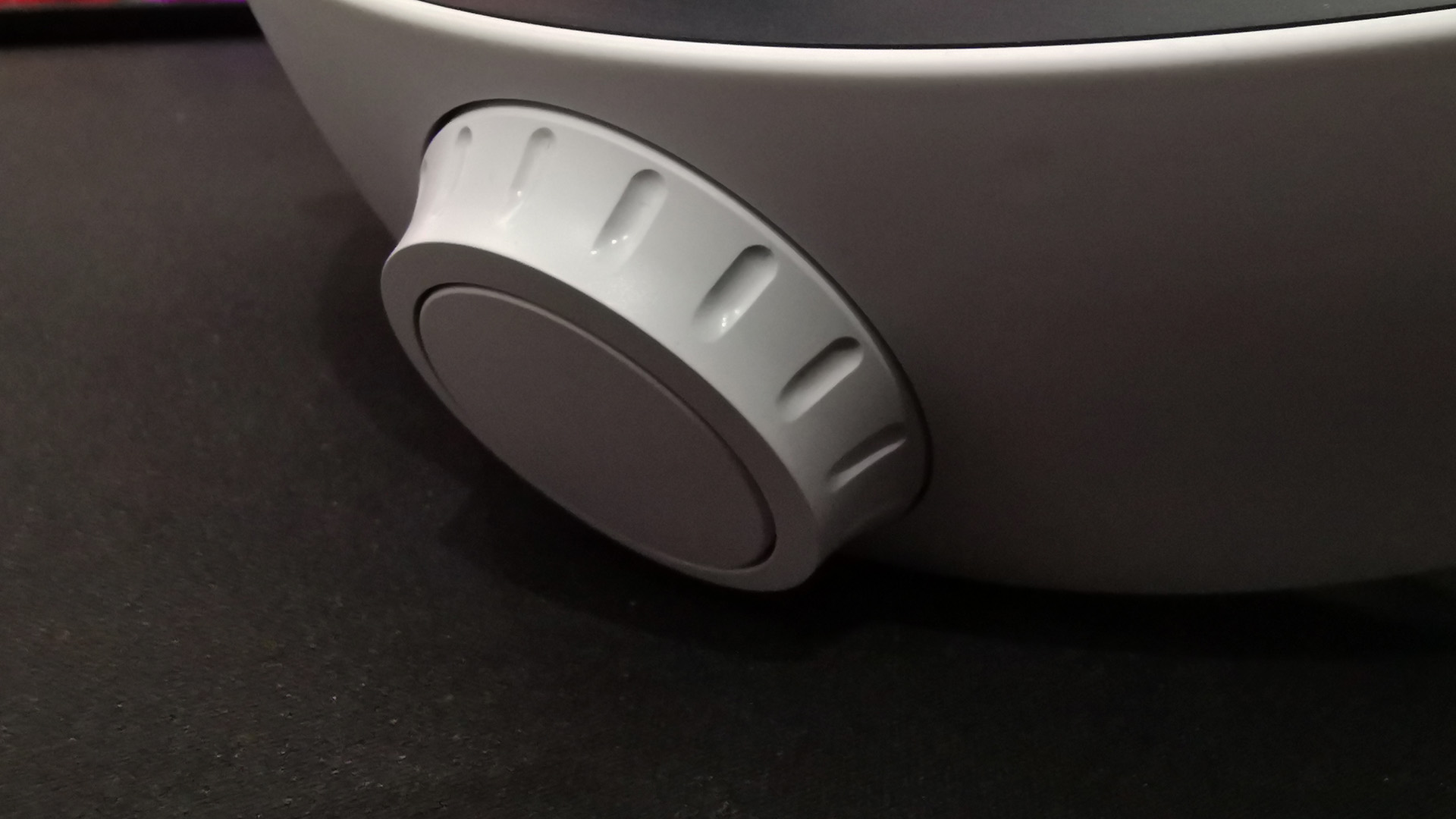
Another reason to make sure that the headset is properly positioned is an issue that I had (and, it seems, many others have as well) with adjusting the IPD and the position of the lenses. The original PSVR had no IPD adjustment (likely because pancake lenses are a lot more forgiving). A few times whilst wearing the PlayStation VR2 headset I found that it was putting pressure on my nose. On closer examination, I realised that, due to my eye distance, the protruding lenses were pinching the bridge of my nose. Ensuring that the headset cushion was positioned higher on my forehead (as it should be) stopped this from happening.
The most glaring issue for me about the PlayStation VR2 is the grainy effect that overlays the display. Like a film grain, this very light, random pattern of pixels can be seen pretty much all the time. And once you notice it, it’s very difficult to ignore. It’s worse with some shades than others, but it is there. Many PlayStation VR2 owners have returned their devices for replacement believing this to be a fault.
It is referred to as a display artefact called mura, and it results from Sony’s decision to use OLED display panels instead of LCD panels. It’s a compromise. What we gain in deeper blacks, we lose in visual clarity. Using the device without my glasses and the grain all but disappears. It’s also more noticeable if your head is stationary, the more you move your head about, though, the more the pattern blurs into non-existence.
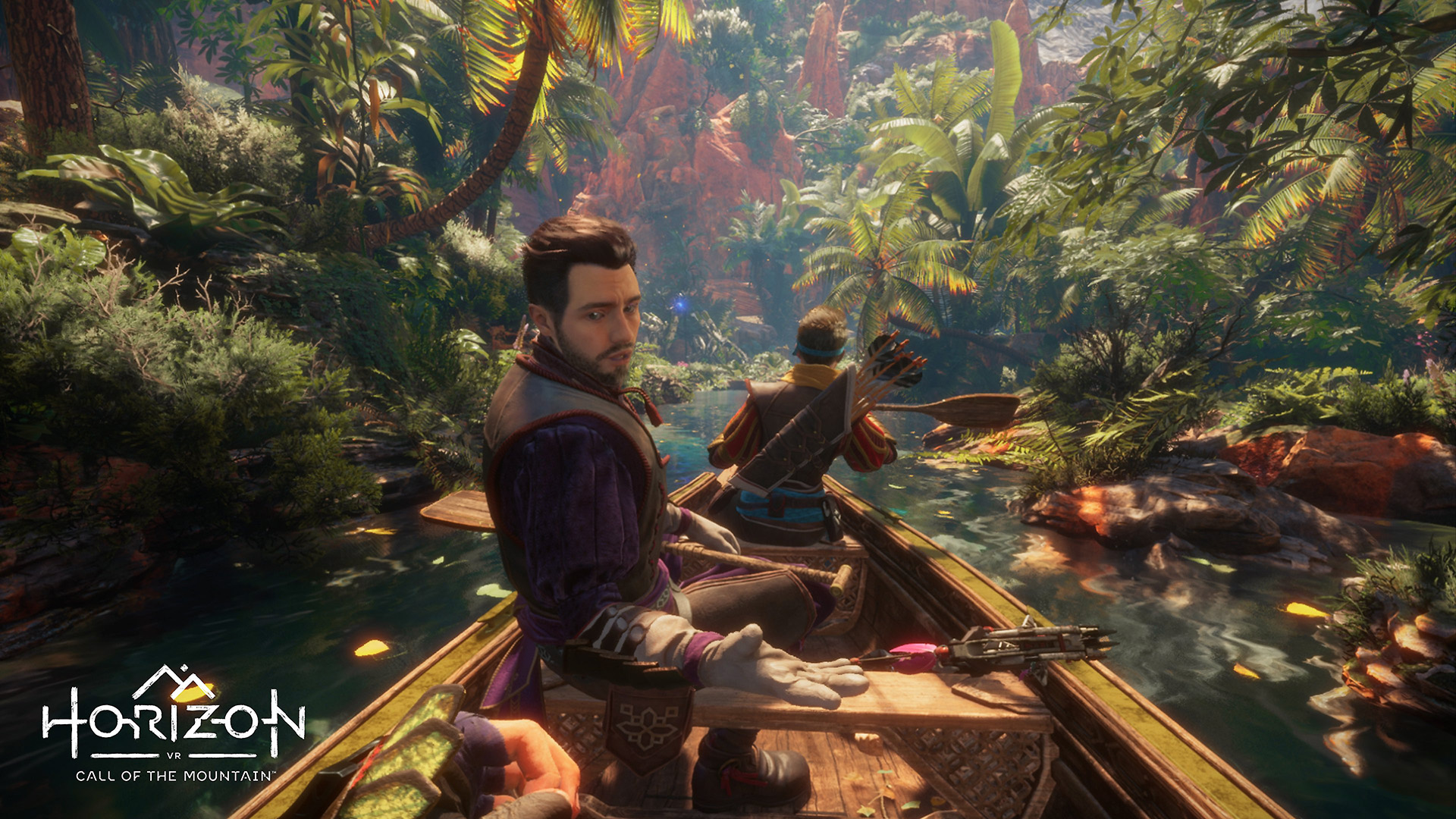
Scanning the Internet, it seems that many players are seeing the same issues, some to the point that they are seeking to return their PlayStation VR2 believing it to be faulty. And that’s understandable as most reviewers haven’t mentioned it, and nor has Sony.
I don’t think that the pattern that people are seeing is the actual mura effect, but a corrective technique that Sony has employed to reduce its impact. I believe it is a feint image of random noise that overlays the displayed image to correct, or more likely defuse, the OLED mura artefacts, which should be blotchier than the “uniformly” random pattern observed across the whole display. If the above is correct (a similar correction is used for the OLED OG Vive), then it is something that could be adjusted in the future possibly as the screens “burn in” and the mura becomes less pronounced. This is just speculation on my part in place of something official from Sony.
I know some players are concerned that they may have a “bad one”, that the PlayStation VR2 is a panel lottery, and that the pattern is more apparent on some headsets than others. I don’t think this is the case. I’ve tried two PlayStation VR2’s and they both had the same “mura” pattern.

Whilst I do find the pattern irritating, depending on the level of immersion that you get in a game, you do start to ignore it. It’s one of those things, like a dead pixel, if you look for it you will see it. But your eyes can focus beyond it, so to speak, filtering the pattern out, the same way you do with bugs on your car windscreen.
As I’ve mentioned a few times, VR is all about compromise. This is as true with a PlayStation VR2 as it is with a high-end PC VR set-up costing nearly three times as much. Sony has pushed the envelope right up to the inherent technical limitations of current, affordable VR technology. That’s not to say that Sony hasn’t employed a few questionable design choices, but no real deal-breakers.
The reality of the PlayStation VR2 is that it is what it is. Whilst it may be an improvement over the first PSVR, by today’s standards it is still an entry-level VR headset built on older technology with a few- innovations thrown in for good measure. Were it any better, that price tag would be a lot higher. As expensive as the kit may be perceived, even taking in the compromises I’ve highlighted above, you are at the very least, getting what you are paying for, though in reality likely getting even more for your money.
With the PlayStation VR2 Sony has thrown it all into creating a gaming VR headset that, for the most part, ticks all the boxes.
There are some glaring issues and the price point is rather high, but the device still offered me a reasonably high-fidelity, immersive, and rather magical virtual reality experience.

